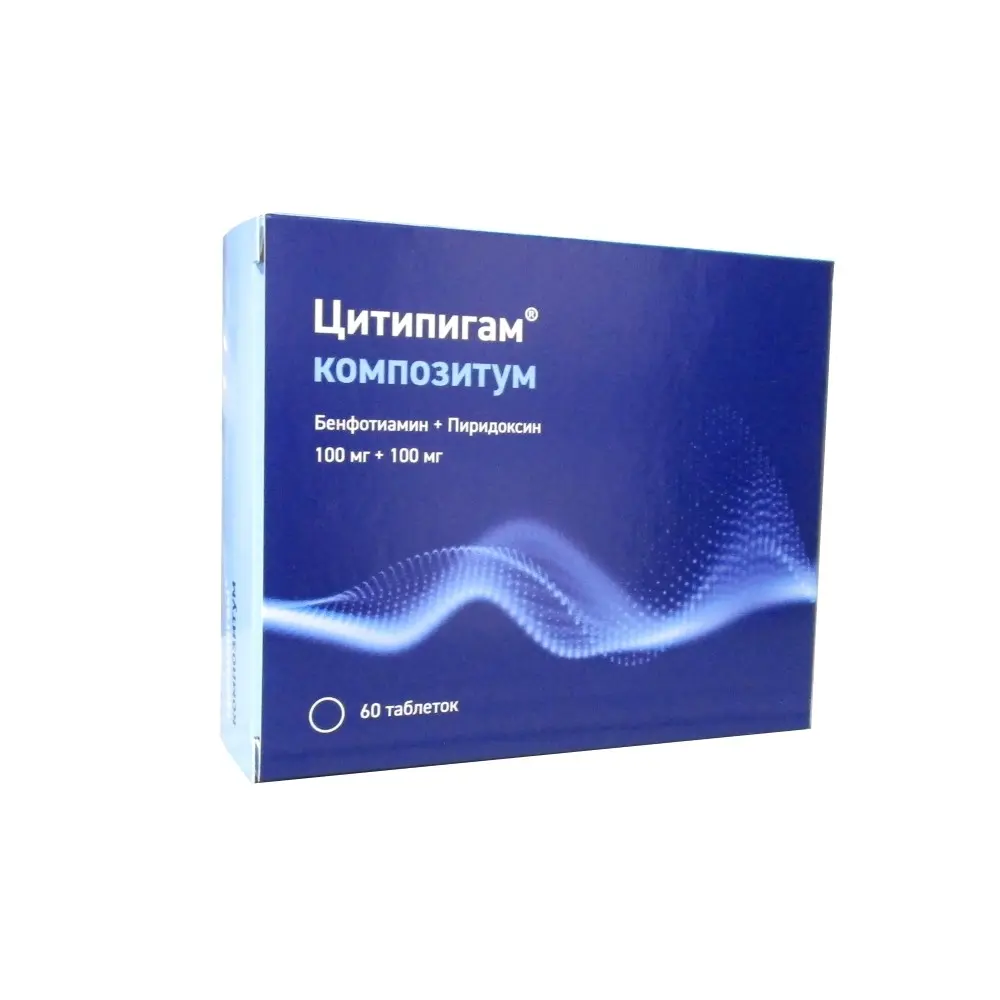Description
Calcium gluconate Pharmacodynamics
Calcium gluconate – tool that regulates metabolic processes, replenishes calcium deficiency in the body. Calcium ions take part in transmission of nerve impulses, contraction of smooth and skeletal muscles, myocardial function, blood clotting; they are necessary for formation of bone tissue, functioning of other systems and organs. The concentration of calcium ions in blood decreases in many pathological processes, and severe hypocalcemia contributes to the occurrence of tetany.
Indications
– Illnesses accompanied with hypocalcemia, increased permeability of cell membranes (including vessels), disturbance of nerve impulses in muscle tissue.
– Hypoparathyroidism (latent tetany, osteoporosis), disorders of vitamin D metabolism: rickets (spasmophilia, osteomalacia), hyperphosphatemia in patients with chronic renal failure.
– Increased need for calcium ions (pregnancy, breastfeeding, period of increased growth of the body), insufficient calcium ions in food, disorders of calcium metabolism (in the postmenopausal period).
– Increased excretion of calcium ions (prolonged bed rest, chronic diarrhea, secondary hypocalcemia on long-term use of diuretics and antiepileptic drugs, glucocorticosteroids).
– Poisoning with magnesium salts, oxalic and hydrofluoric acids and their soluble salts (when interacting with calcium gluconate insoluble and non-toxic calcium oxalate and calcium fluoride are formed).
Hyperkalemic form of paroxysmal myoplegia.
Contraindications
Hypersensitivity to the drug components, hypercalcemia (calcium concentration should not exceed 12 mg% or 6 mEq/L), severe hypercalciuria, nephrourolithiasis (calcium), severe renal failure, sarcoidosis, simultaneous use of cardiac glycosides (risk of arrhythmias), children under 3 years old.
Caution: dehydration, electrolyte disorders (risk of hypercalcemia), diarrhea, malabsorption syndrome, calcium nephrourolithiasis (history), mild hypercalciuria, moderate chronic renal failure, chronic heart failure, common atherosclerosis, hypercoagulation.
Administration during pregnancy and breast-feeding
The drug usage is allowed taking into account the benefit for the woman/risk for the fetus (child) ratio that is determined by the physician. It is possible to use the drug during pregnancy and breast feeding only with strict control of serum calcium concentration because hypercalcemia negatively affects the fetus and the baby. Calcium passes through the placental barrier and enters the breast milk.
Before application of calcium gluconate it is necessary to consult with the doctor if you are pregnant or if you suppose that you can be pregnant, if you plan pregnancy and during breast-feeding period.
Dosage and administration.
- Inside, before a meal or 1-1.5 hours after the intake (with milk).
- Doses are determined by the attending physician individually, depending on the clinical picture.
- Hypoparathyreosis (latent tetany, osteoporosis): to adults – 1-3 g (2-6 tablets) 2-3 times a day; to children 3-4 years – 1 g (2 tablets); 5-6 years – 1-1.5 g (2-3 tablets); 7-9 years – 1.5-2 g (3-4 tablets); 10-14 years – 2-3 g (4-6 tablets); intake frequency – 2-3 times a day. Vitamin D metabolism disorders: rickets (spasmophilia, osteomalacia), hyperphosphatemia in patients with chronic renal insufficiency: for adults – 1-3 g (2-6 pills) 2-3 times a day; for children 3-4 years – 1 g (2 pills); 5-6 years – 1-1.5 g (2-3 pills); 7-9 years – 1.5-2 g (3-4 pills); 10-14 years – 2-3 g (4-6 pills); intake frequency – 2-3 times a day. The increased requirement for calcium (pregnancy, lactation, period of intense growth of the organism), insufficient calcium in food, metabolic disorders: for adults – 1-3 g (2-6 tablets) 2-3 times a day; for children 3-4 years – 1 g (2 tablets); 5-6 years – 1-1.5 g (2-3 tablets); 7-9 years – 1.5-2 g (3-4 tablets); 10-14 years – 2-3 g (4-6 tablets); frequency of intake – 2-3 times a day.
- Increased calcium excretion (prolonged bed rest, chronic diarrhea, secondary hypocalcemia on the background of long-term use of diuretics and antiepileptic drugs, glucocorticosteroids): adults – 1-3 g (2-6 tablets) 2-3 times a day; children 3-4 years – 1 g (2 tablets); 5-6 years – 1-1.5 g (2-3 tablets); 7-9 years – 1.5-2 g (3-4 tablets); 10-14 years – 2-3 g (4-6 tablets); frequency of intake – 2-3 times a day.
- Poisoning with magnesium salts, oxalic and fluoric acids and their soluble salts: for adults – 1-3 g (2-6 tablets) 2-3 times a day; for children 3-4 years old – 1 g (2 tablets); 5-6 years old – 1-1.5 g (2-3 tablets); 7-9 years old – 1.5-2 g (3-4 tablets); 10-14 years old – 2-3 g (4-6 tablets); intake frequency – 2-3 times a day.
- Hyperkachyemic form of paroxysmal myoplegia: to adults – 1-3 g (2-6 tablets) 2-3 times a day; to children 3-4 years – 1 g (2 tablets); 5-6 years – 1-1.5 g (2-3 tablets); 7-9 years – 1.5-2 g (3-4 tablets); 10-14 years – 2-3 g (4-6 tablets); intake frequency – 2-3 times a day. Duration of use for the prevention and treatment of calcium deficiency is determined by the doctor and averages from ten days to a month and a half.
- If after treatment no improvement occurs or symptoms worsen or new symptoms appear, consult a doctor. Use the drug only according to the indications, the route of administration and the dosage indicated in the instructions.





